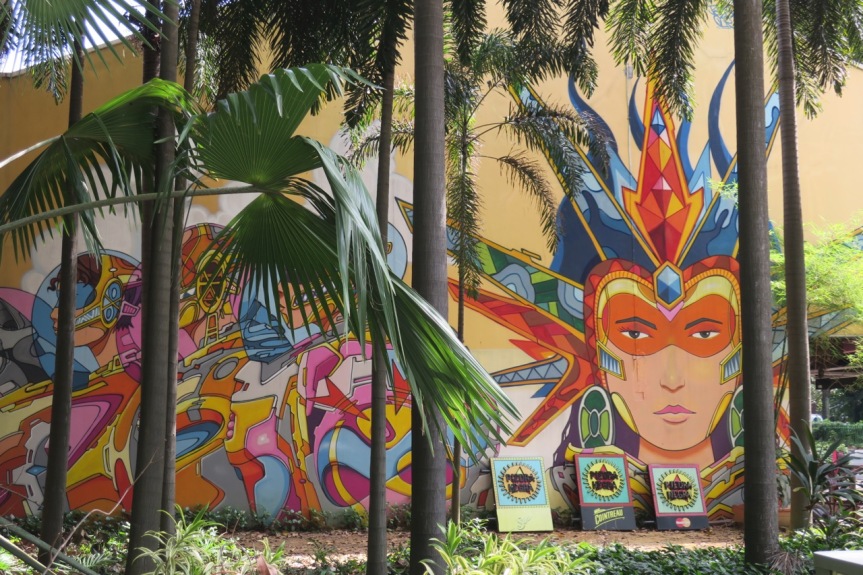
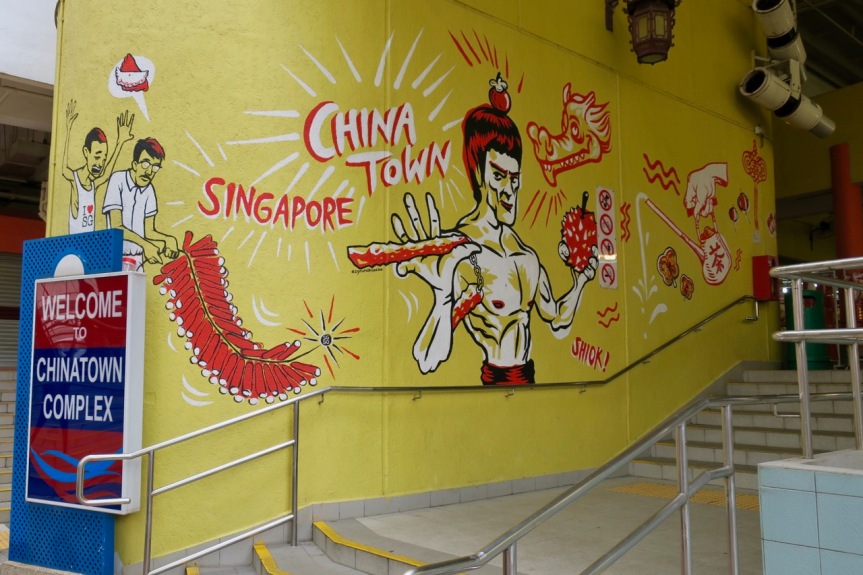
Many people in Singapore were surprised when I mentioned its new ranking as the world’s second-healthiest country (according to The Lancet). I’m still not sure why. One person scoffed and said “Oh, it’s because they don’t let anyone into the country who isn’t wealthy.” This actually makes sense, as the government-mandated “insurance” program Medisave operates like taxes; 13% of your income automatically funds an account locked away for medical costs, so the higher your income, the more hospital visits you can afford. What about people with little to no income, then? Someone at the Singapore National University Hospital told me that Singaporeans with incomes that fall below certain tiered levels can get additional need-based funding, though she acknowledged that those that just miss the cutoff – with incomes only slightly above the mark – struggle the most.
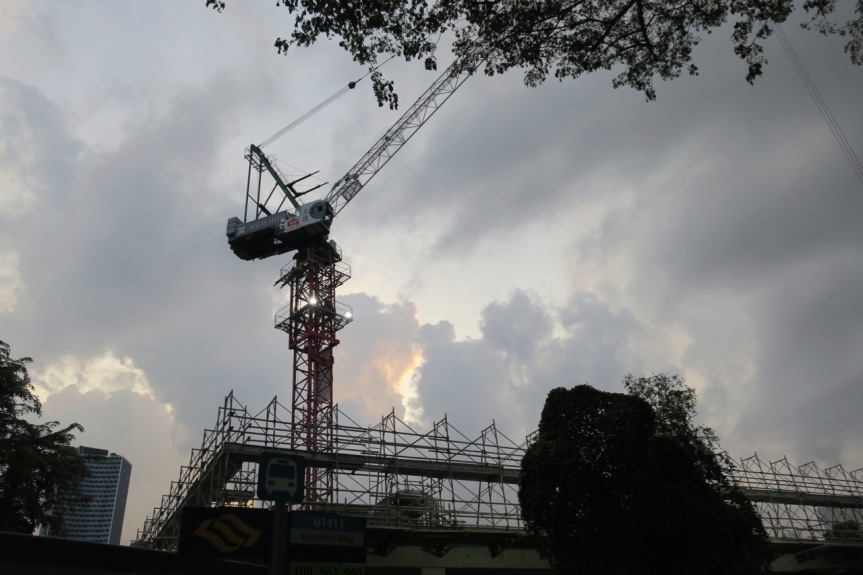


Much of Singapore is new – the expats, the skyscrapers, the governmental influence. I felt that the government is making a big effort to create a sense of shared culture and history, which is great but also means that Singapore seems to be lacking some of the tradition that roots other nations (this is not to say that Singapore hasn’t had inhabitants for centuries, but rather that Singapore has changed a lot over the past few decades and become a melting pot for many different cultures).
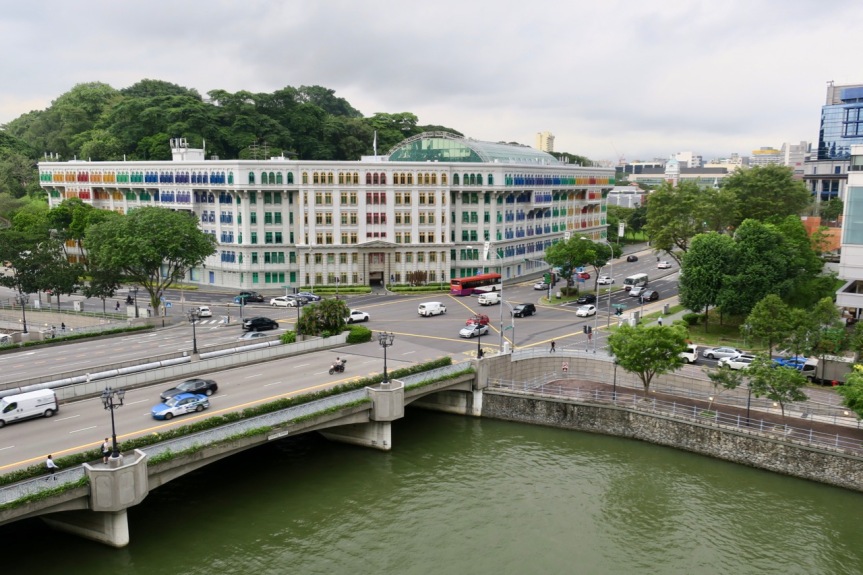
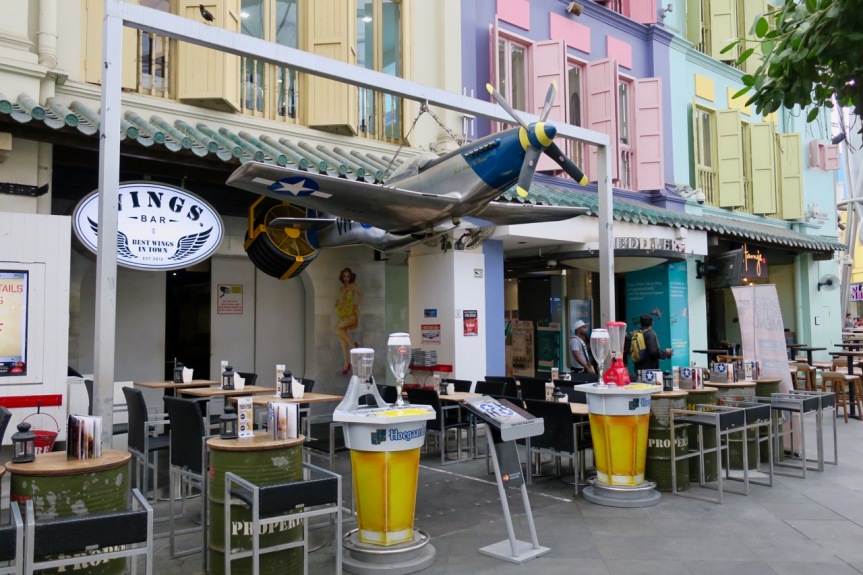
One expat in Singapore said to me, “You know it’s a bad sign when the older generations are cooler than the younger generations.” In her experience, older Singaporeans have some interesting “back in my day…” stories to share, while the younger Singaporeans tend to be more law-abiding and well-behaved. As an expat in the creative field, she sees this as a less-than-inspiring trend. With life in Singapore being so easy, it makes sense that there would be few motives for revolution and innovation; I’m reminded of the adage that “necessity is the mother of invention.”
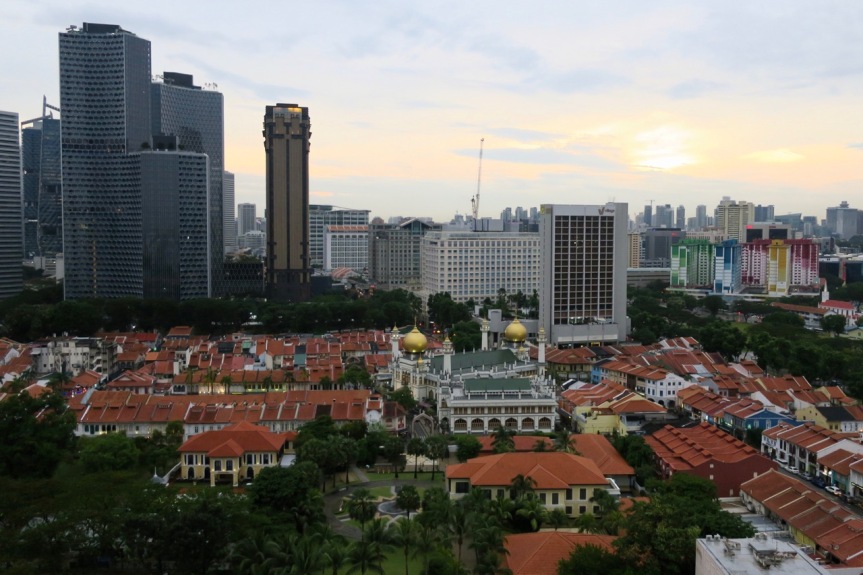
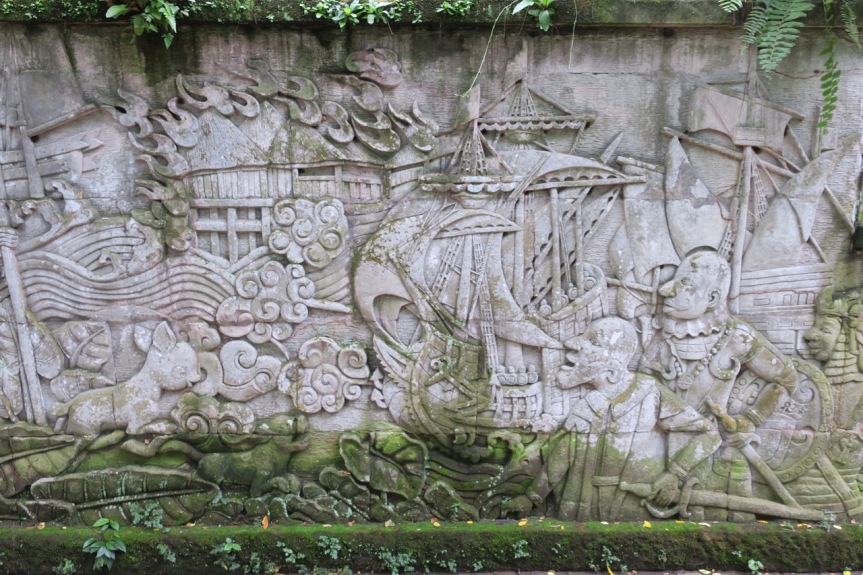
In terms of the implications on medtech development, then, that explains why there aren’t as many medical device start-ups in Singapore as one might expect. Though many international medical technology companies are coming to Singapore, it seems like the focus is more on business and marketing rather than research and development; more about good sales and less about inspired invention.
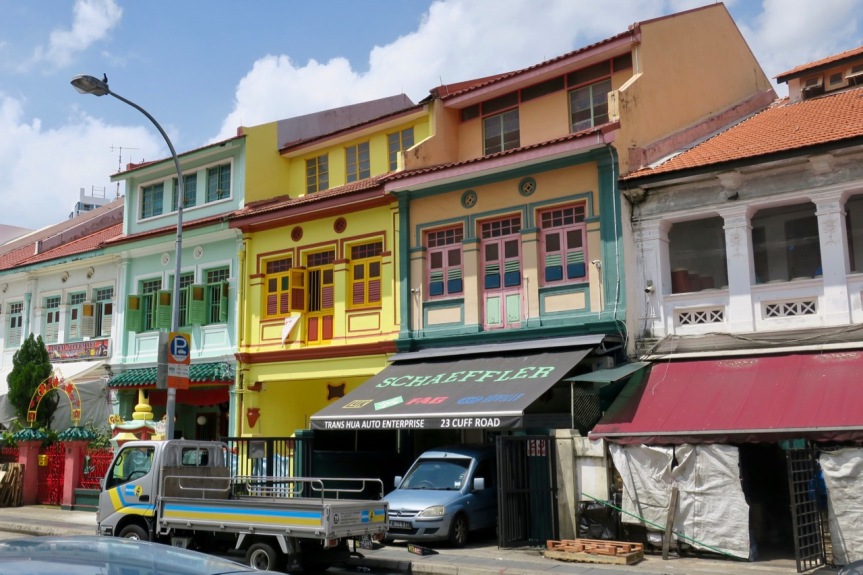

Despite the incentives for Singaporean start-ups put forth by the government agency A*STAR, as I mentioned a couple weeks ago, I only read about a couple local medtech start-ups. I asked someone about this at Abbott Laboratories, a global medical company with an office in Singapore (they do, in fact, have an R&D center in Singapore, but 95% of their focus in the country is manufacturing and marketing). “Is it because A*STAR is a relatively new organization, and they haven’t had time to fund start-ups yet?” I asked. “No, it’s not that new,” my interviewee replied. “Oh,” I said, frowning. “So it’s just…” I trailed off. “Not panning out,” I said eventually. He couldn’t explain it either. “Yeah,” he said, shrugging and laughing in return.


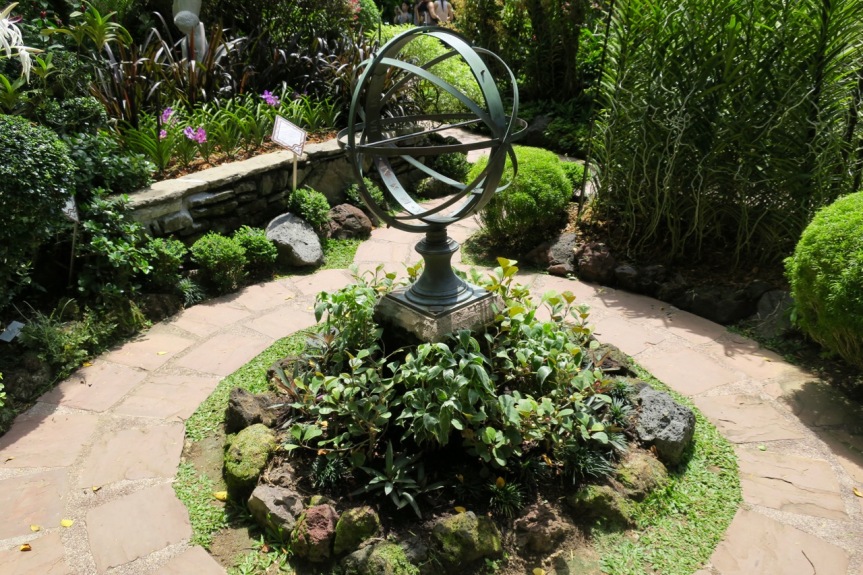
I’m still not sure what factors contribute to Singaporeans having a more positive or negative reaction to medical technology. I suppose the reaction is generally positive due to the country’s high standards of education and safety, as well as the familiarity with technology one develops simply by interacting with Singaporean infrastructure on a day to day basis. But Singapore has multiple different ethnic groups (mostly Chinese, Malay, and Indian) and lots of expats as well, so it’s challenging to make generalizations for “all Singaporeans.” Singapore has a lot of surprising commonalities with Qatar, actually – both are very small nations with a high proportion of expats; both have highly involved governments that drive healthcare agendas; and both are dealing with fairly recent booms in wealth (Singapore, perhaps, dealing with it better than Qatar is), leading towards similar health problems – increasing rates of diabetes and cardiovascular illnesses along with an increasing proportion of elderly citizens.

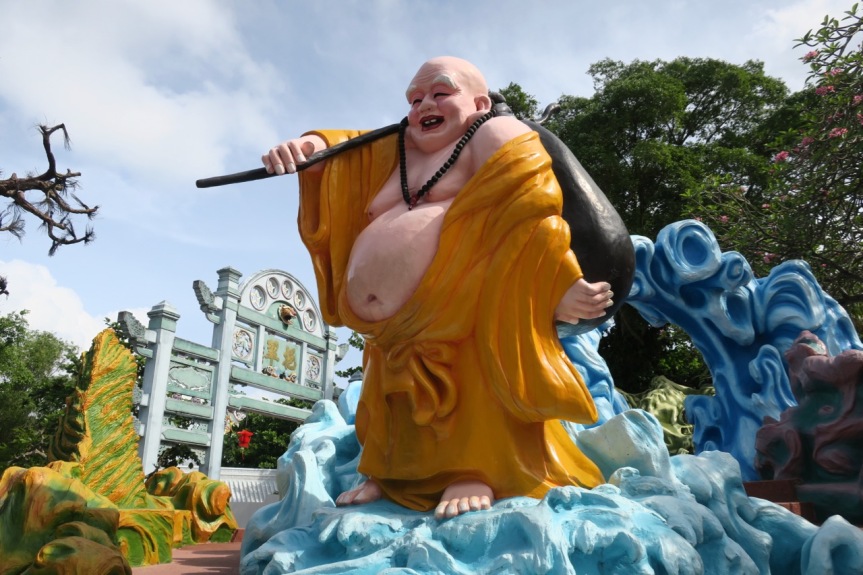

Of course, my main challenge with the project in Singapore was timing. I had 5 meetings in two weeks, a few of them with very similar companies, and that wasn’t enough to give me a broad picture of Singapore’s medical device space and what works in the country as opposed to what doesn’t. I realized that two weeks simply isn’t long enough to build the ‘network of understanding’ that I try to create in each country. In India, that building process was very slow, and it wasn’t until I had spent a few weeks in the country that I finally found the right opportunities, and met the right people who could connect me to other people, and so on.
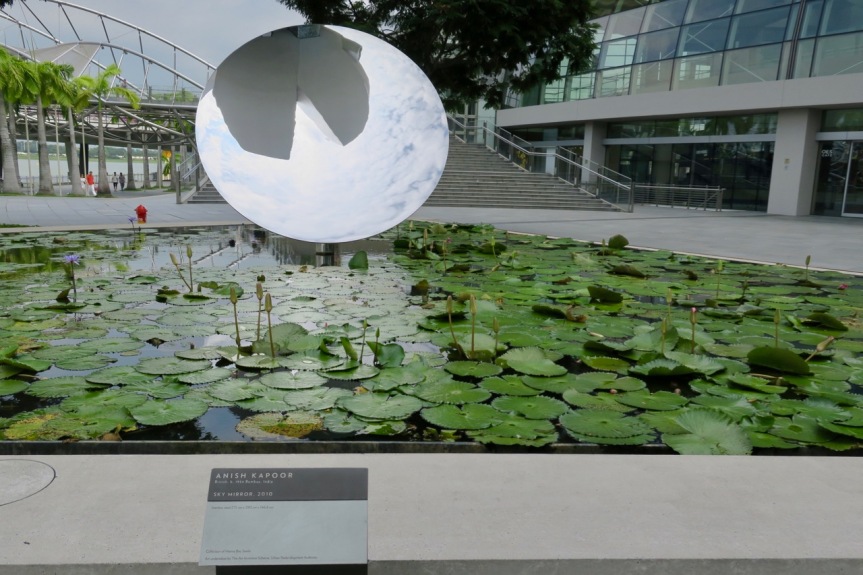


Though my project would have benefited from more time in Singapore, it’s a small enough place that it wouldn’t have been thrilling to spend much longer than 2 weeks there. Either way, I’m glad I went, and now I know – I’m excited to have a full 3 months in Japan to take things slow, hopefully making those connections and growing that network.
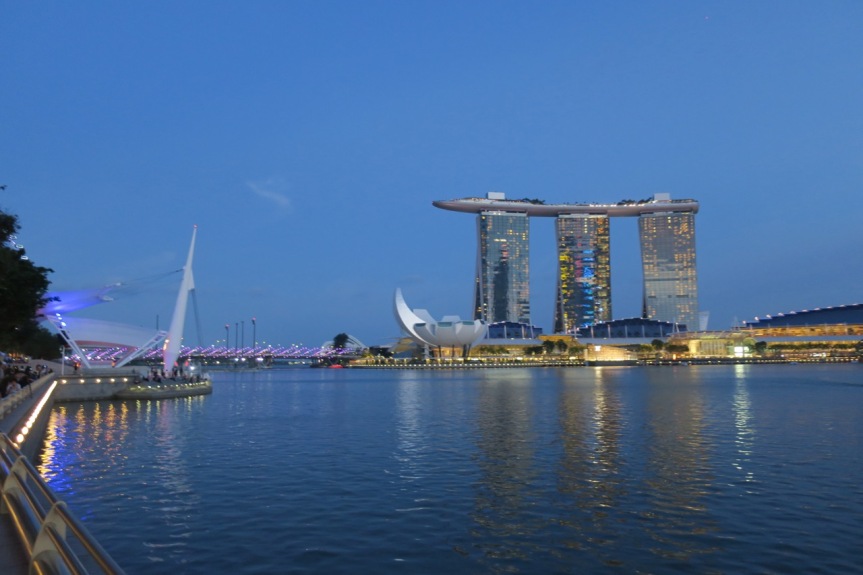
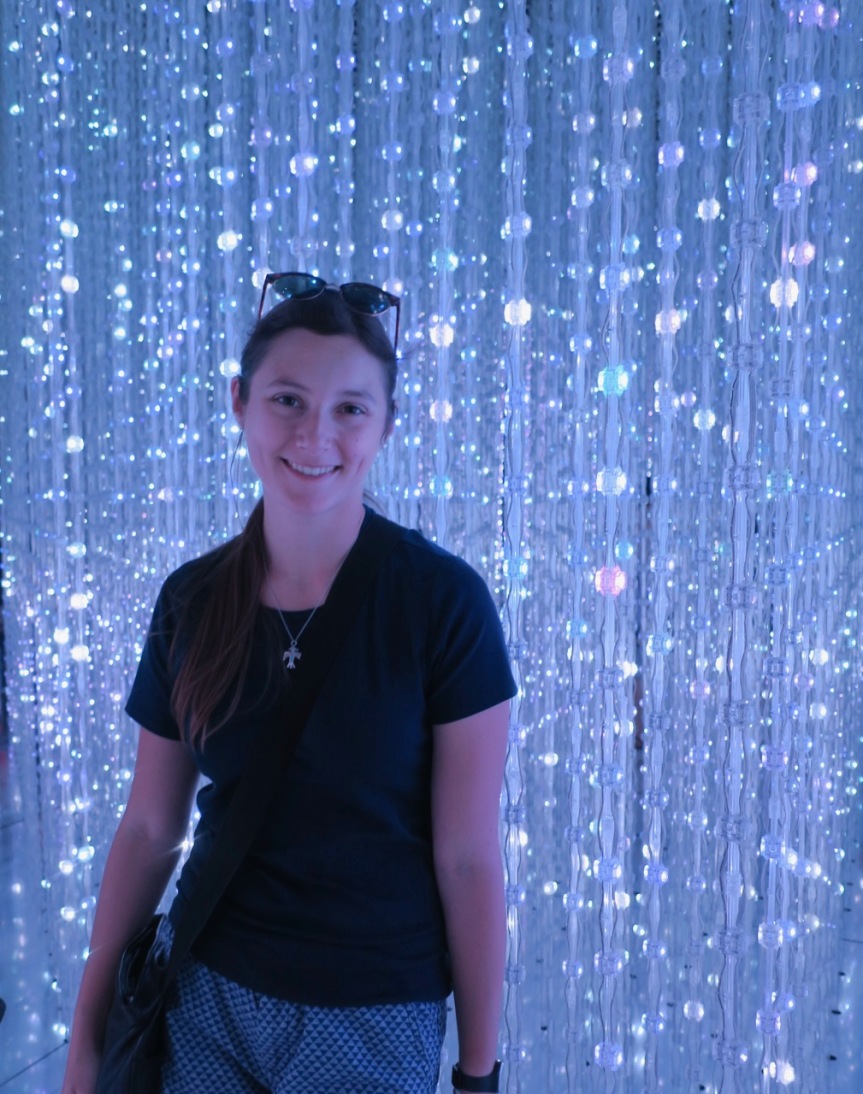

Small correction: 13% of income up to a cap of S$6000 goes to the so-called MA. And the amount in the MA is capped, though it is raised annually. So we do not contribute more to MA as incomes rise, well up to a point. We have opinions about innovation and the start-up scene here which we prefer not to pen and paper.
LikeLike
Hello Mel and Suan,
Ah, thank you! I didn’t realize that aspect of it. Thanks for the correction. As I mentioned, I only spent enough time in Singapore to get a fleeting understanding, so please forgive me! If you’d like to contact me privately about the start-up scene you can do so via my “Contact” page – that will send a direct email – but I understand if you don’t want to do that either. Still, I’d be curious to know your thoughts on the matter!
Best,
Mercer
LikeLiked by 1 person
LOL. Yeah, we’ll refrain from critique since we are at loss what solutions can be! Like the guy who shrugged his shoulders, there are just so much to consider than words alone might be hard to convey the message!
LikeLiked by 1 person
Fair enough 🙂
On Tue, Feb 28, 2017 at 11:44 AM, Interfaces of Health: A Watson Year wrote:
>
LikeLiked by 1 person